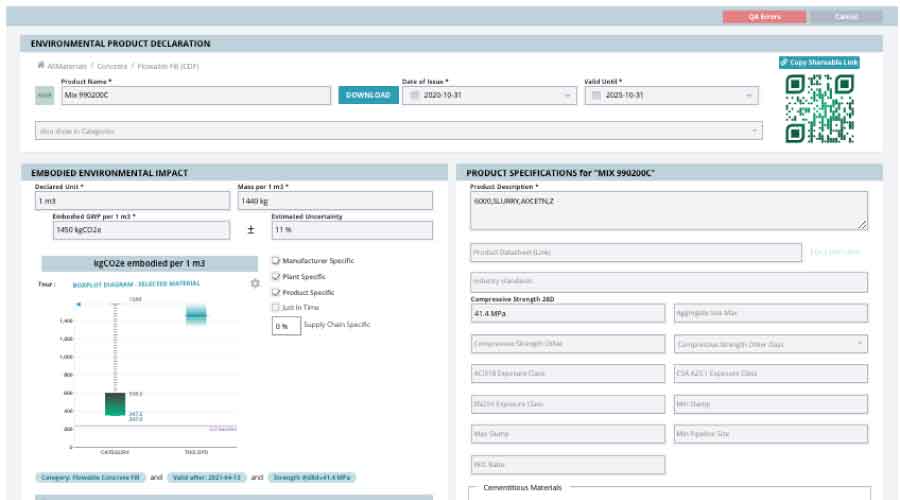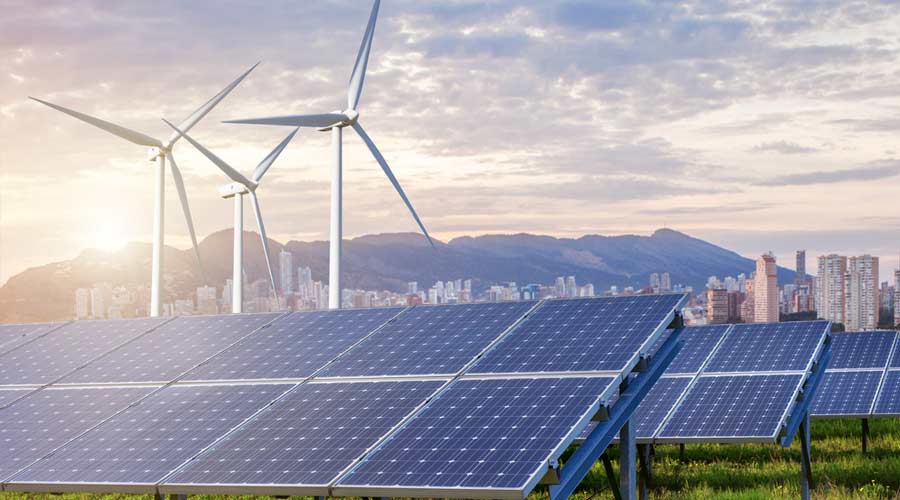
Whole Foods Tops Energy Efficiency Goal Two Years Early
As of 2021, Whole Foods Market has 70 stores and facilities supplementing traditional supply with power from rooftop solar installations. August 22, 2022
By Dan Hounsell, Senior Editor
In 2013, Whole Foods Market became the first grocery chain to join the Better Buildings Challenge, committing to a 20 percent improvement in energy use intensity by 2023 across its building portfolio of stores with more than 12 million square feet. This year, Whole Foods Market surpassed that goal two years ahead of schedule, achieving a 21 percent energy reduction.
While working towards its Better Buildings Challenge goal, Whole Foods Market implemented a range of energy efficiency measures. For example, the Whole Foods store in Brooklyn, New York, features a 157-kWh combined heat and power (CHP) system, as well as a 324-kW solar canopy array, in addition to other energy and water-efficient features. As of 2021, Whole Foods Market has 70 stores and facilities supplementing traditional supply with power from rooftop solar installations.
Whole Foods Market has adopted low-global warming potential refrigeration technologies. The grocer has several all-electric stores in California, and stores near San Francisco have piloted a technology that combines advanced cloud computing, predictive analytics, and thermal energy storage to control their refrigeration systems during spikes in energy usage. Whole Foods Market is retrofitting the refrigeration systems at more than 100 of its stores with next-generation Solstice N40 (R-448A) refrigerant, which has a global warming potential that is approximately 68 percent lower than legacy hydrofluorocarbon (HFC) refrigerants.
Next
Read next on FacilitiesNet












